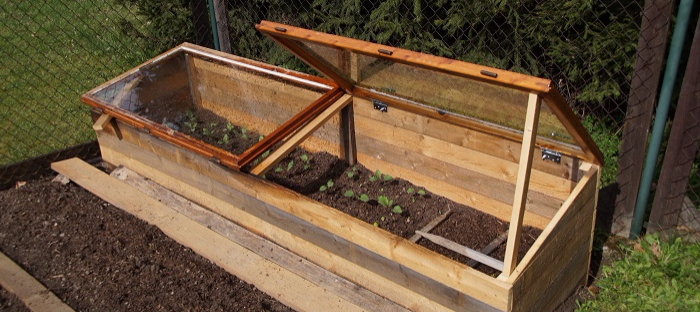1. Historical and Cultural Significance:
Traditional Agricultural Practice: The “Three Sisters” farming technique involves intercropping corn, beans, and squash, dating back centuries in Indigenous communities across the Americas.
Cultural Identity: For Native American tribes, this agricultural symbiosis represents a cultural cornerstone, reflecting their deep connection to the land, spiritual beliefs, and sustainable agricultural practices.
2. Ecological Benefits and Synergistic Farming:
Companion Planting: Corn provides a structure for beans to climb, beans fix nitrogen in the soil, while squash acts as a natural ground cover, reducing weeds and preserving moisture.
Biodiversity and Soil Health: This intercropping method fosters biodiversity, enriches soil fertility, minimizes erosion, and reduces the need for chemical inputs, promoting sustainable agriculture.
3. Nutritional Value and Food Security:
Nutrient Complementarity: The combination of corn, beans, and squash provides a balanced diet, as each crop offers unique nutritional benefits. Together, they create a complete protein.
Food Sovereignty: Reviving the cultivation of the “Three Sisters” enhances food sovereignty, offering nutritious, locally-grown produce and reducing dependence on industrialized food systems.
4. Revitalizing Indigenous Communities:
Cultural Revival: Reintroducing traditional agricultural practices fosters pride in cultural heritage, strengthens community bonds, and passes down ancestral knowledge to younger generations.
Economic Empowerment: Supporting Indigenous farmers in revitalizing the “Three Sisters” farming can create economic opportunities, promote local markets, and preserve Indigenous wisdom.
5. Environmental Stewardship and Sustainability:
Resilient Agriculture: The “Three Sisters” promote resilient farming practices, adapting to local climates, conserving water, and minimizing the carbon footprint.
Climate Adaptation: Indigenous farming techniques like these demonstrate resilience against climate change, offering adaptable methods for sustainable agriculture.
6. Challenges and Advocacy for Restoration:
Loss of Traditional Knowledge: Historical disruptions and colonial influences led to the decline of traditional farming practices, necessitating efforts to restore and preserve this wisdom.
Land Access and Recognition: Supporting Indigenous land rights and providing access to ancestral territories is essential for the restoration of the “Three Sisters” agriculture.
7. Collaborative Efforts and Education:
Community-Led Initiatives: Collaborative programs, educational workshops, and partnerships between Indigenous communities, researchers, and agricultural institutions are pivotal.
Promoting Awareness: Raising awareness about the cultural and ecological significance of the “Three Sisters” fosters appreciation and support for their restoration.
8. Future Prospects and Conclusion:
Cultural Resurgence: The return to cultivating the “Three Sisters” represents a resurgence of Indigenous culture, offering a pathway towards sustainable, culturally rich agriculture.
Holistic Nourishment: Reintegrating the “Three Sisters” into Native American farms holds the promise of nourishing not only people but also the land and cultural heritage, embodying a holistic approach to sustenance.
Conclusion: Restoring the “Three Sisters” farming technique among Native American communities embodies a holistic approach to sustenance, reconnecting with cultural heritage, promoting ecological sustainability, and ensuring nutritional security. Embracing and supporting these practices not only nourishes communities but also revitalizes lands and preserves invaluable cultural legacies for future generations.



